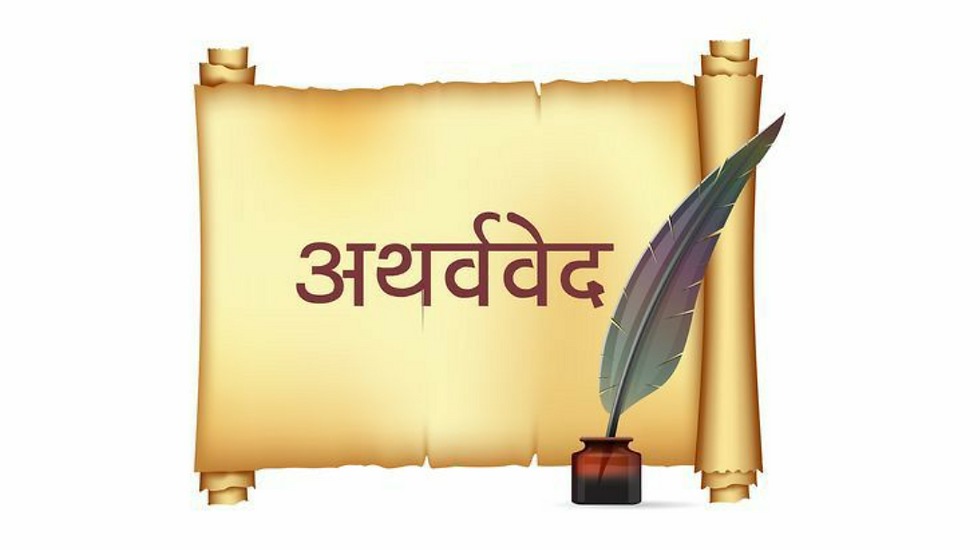BASIS OF VEDAS COMPILATION.
- Anshul Pandey

- Dec 6, 2020
- 2 min read

The deeds or kriyas mentioned in the Vedas is indestructible, but the tradition of Yagya's should not be discontinued. Vedas are the writings of the observations made by the ancient sages. As this oral tradition developed things started to get disorganized. As per Brahmand Puraan, in Dwapar Yug Maharishi Vyas organized them and distributed them amongst his disciples for further clarification. The divisions were compiled from a single Yajurved & divided into 4 parts.

The work of compilation was distributed amongst Jaimini, Sumantu Vaishampayan, and Paeel rishis. They came to be known as Rigved, Yajurved, Samved, and Atharvaveda. The fifth disciple was given the task of explaining and interpreting the Puraan and their history.
His name was Lomharshan, Whom we commonly know as Sutji.

In Rig Ved, we mostly find the mantras pertaining to Yagya which can be sung for the worldly good and benefit. Also, the importance of Priest emerged from here.

In Atharvaveda, we find mantras pertaining to Brahmatatva or the spiritual and essential Truth. Here the karmakaand for the Kings was described in detail.

Samved:- Whatever part of the above mentioned Vedas was left out, it was compiled as Samved.

Yajurved:- Whatever was left from the compilation of Samved, was then compiled in Yajurved. It defines the ways and means of how a Yagya should be conducted.
Thereafter a long tradition of sages followed. In this tradition, we find Rishi Yagyavalka who was one of the most learned Rishi of his time. It is said that he was so sharp that none of the other rishis could answer his questions in King Janak's court. He was declared as the most learned one. Rishi Shakalya challenged him, On losing had to face the death penalty.
Source - Brahmand puran
SS attached

















































Comments